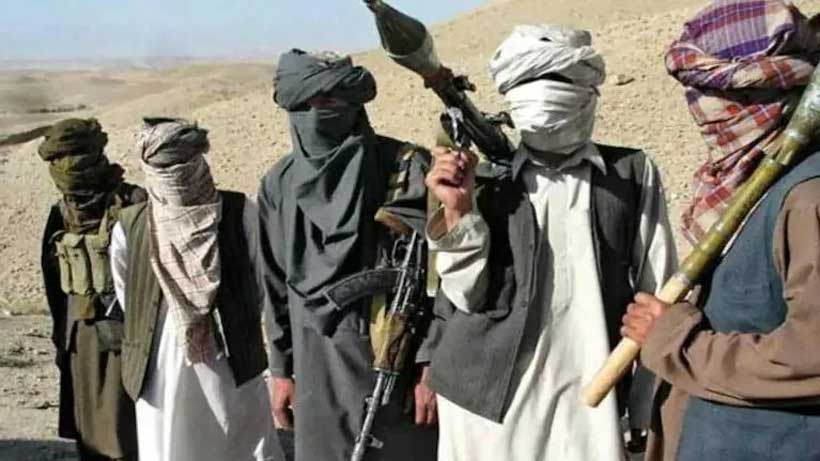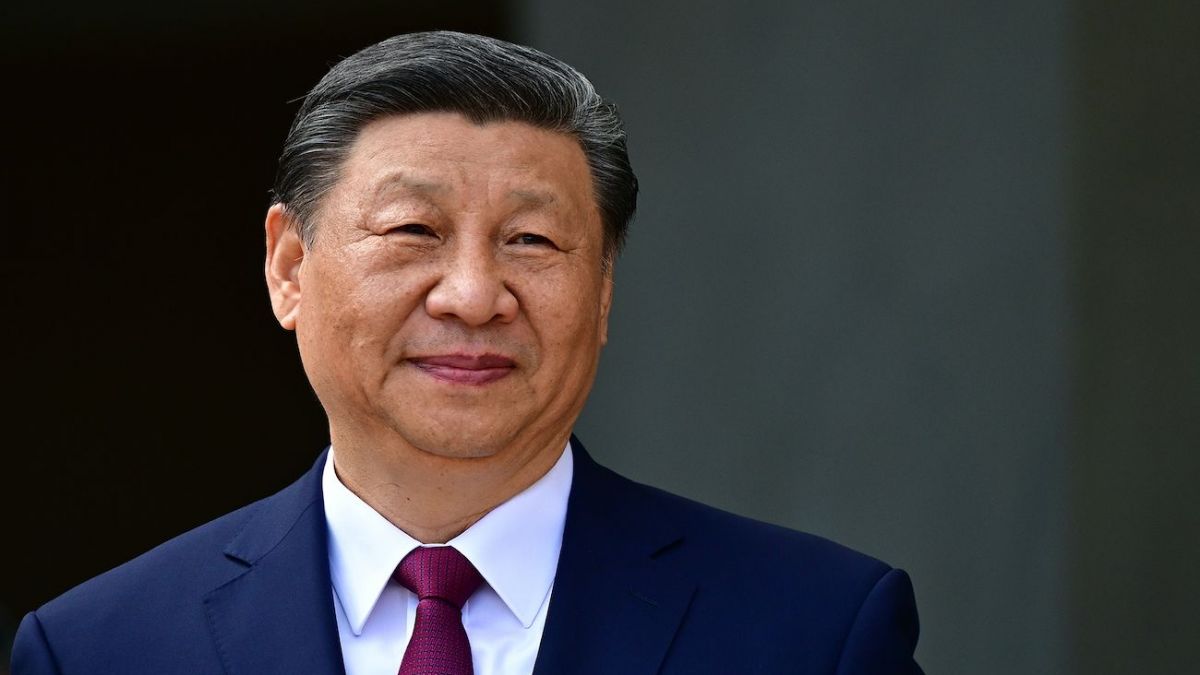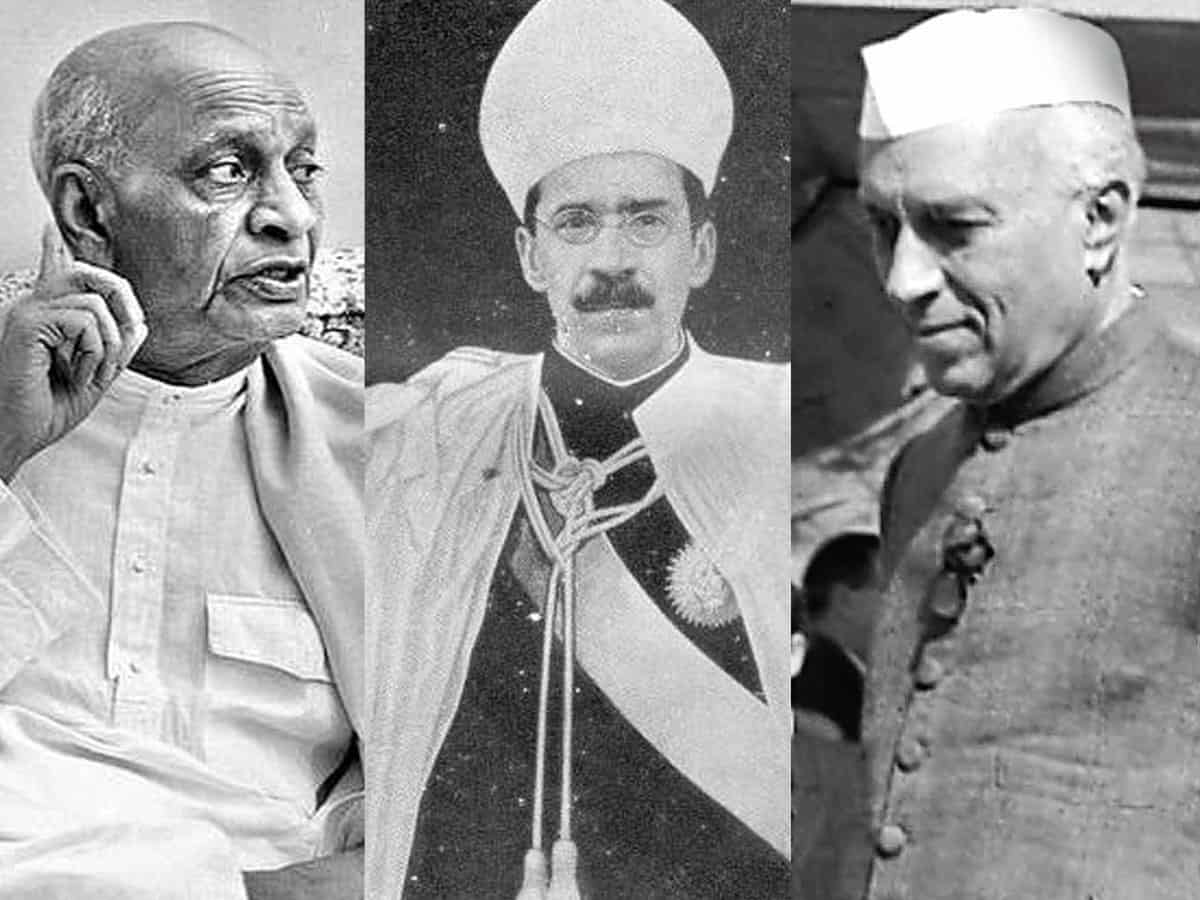
- Introduction
- Background
- Sponsored Terrorism and Its Effect on India
- Conclusion
- References
Introduction
Pakistan-sponsored terrorism has been a persistent threat to India for decades, deeply impacting national security, political stability, and social harmony. This phenomenon, which is rooted in Pakistan’s foreign policy and military doctrine, is primarily driven by Islamabad’s ambition to counterbalance India’s regional dominance and to further its interests in Kashmir (Fair, 2014). The sponsorship of terrorism as a state policy has led to a series of violent incidents in India, causing thousands of deaths and inflicting significant economic and psychological damage.
This remains one of the most pressing security challenges confronting India in the 21st century. Rooted in the tumultuous legacy of the partition and shaped by Islamabad’s longstanding ambition to challenge India’s regional dominance, this phenomenon has evolved into a complex and persistent threat that undermines not only India’s internal security but also the broader stability of South Asia. Over the decades, Pakistan’s military and intelligence establishment, particularly its Inter-Services Intelligence (ISI) agency, has actively cultivated and supported a range of terrorist groups, such as Lashkar-e-Taiba and Jaish-e-Mohammed. These groups have been instrumental in carrying out devastating attacks on Indian soil, from the insurgency in Jammu and Kashmir to high-profile strikes in major cities like Mumbai and Delhi.
The impact of this state-sponsored terrorism extends far beyond immediate violence. It has deeply disrupted the economic development of conflict-affected regions, strained India’s diplomatic relations, and fueled social tensions and communal discord. Despite repeated calls from the international community for Pakistan to dismantle its terror infrastructure, Islamabad’s support for militant proxies continues to complicate efforts for peace and reconciliation. This article delves into the roots of Pakistan-sponsored terrorism, its devastating effects on India, and the multifaceted responses India has employed to counter this enduring menace.
Background
The genesis of Pakistan-sponsored terrorism can be traced back to the aftermath of the 1947 partition, which left Kashmir as a disputed territory between India and Pakistan. The first significant episode of Pakistan’s support to terrorism occurred during the 1947-48 war over Kashmir, when tribal militias backed by Pakistan’s army attempted to forcibly annex the princely state. However, modern Pakistan-sponsored terrorism gained momentum in the late 1980s when Pakistan’s Inter-Services Intelligence (ISI) began training and arming militants to fight in Indian-administered Jammu and Kashmir. The ISI’s patronage of groups like Lashkar-e-Taiba (LeT) and Jaish-e-Mohammed (JeM) marked the beginning of a sustained campaign of cross-border terrorism (Ganguly & Kapur, 2010).
One of the most significant impacts of Pakistan-sponsored terrorism on India has been the erosion of security in Jammu and Kashmir. Terrorist attacks in the region have claimed over 40,000 lives since 1989, including civilians, security forces, and militants (SATP, 2024). The frequent infiltration of terrorists across the Line of Control (LoC) has kept the region in a perpetual state of conflict. This has not only destabilized the local economy, which relies heavily on tourism and agriculture, but has also created a climate of fear and distrust among the local population.
Sponsored Terrorism and Its Effect on India

Moreover, Pakistan’s support for terrorism has led to several high-profile attacks in India’s urban centers, further underlining the far-reaching consequences of this policy. The 2001 attack on the Indian Parliament, which was carried out by JeM operatives, brought India and Pakistan to the brink of war. Similarly, the 2008 Mumbai attacks, executed by LeT militants, claimed 166 lives and severely strained bilateral relations (Riedel, 2008). These attacks demonstrated the capacity of Pakistan-based terrorist organizations to carry out highly coordinated operations with the active backing of the ISI.
Beyond the human toll, the economic costs of Pakistan-sponsored terrorism on India have been substantial. According to a report by the Institute for Economics and Peace (2022), India has lost billions of dollars in economic output due to terrorism-related disruptions. In Kashmir alone, the protracted conflict has stifled investment and development, creating a cycle of poverty and underdevelopment. The periodic shutdowns and curfews imposed in the aftermath of terror incidents have further strained the state’s economy.
The psychological impact of terrorism is equally severe. Repeated attacks have created a pervasive sense of insecurity among Indian citizens, particularly in border states. This has led to increased militarization of these areas, with a significant portion of the central budget allocated to counterterrorism efforts. For instance, India’s defense budget has consistently risen, with a significant proportion allocated to modernizing the armed forces and bolstering internal security (SIPRI, 2023). While these measures are necessary to ensure security, they also divert resources away from crucial developmental initiatives.
Another dimension of the impact is on India’s foreign policy and regional relations. India has consistently sought to expose Pakistan’s role in sponsoring terrorism at international forums, including the United Nations. Diplomatic initiatives such as the dossiers on the 2008 Mumbai attacks presented to the UN have highlighted Islamabad’s complicity in harboring and supporting terrorist networks (UNSC, 2009). These efforts have yielded some success, with global bodies like the Financial Action Task Force (FATF) placing Pakistan on its ‘grey list’ for failing to curb terror financing.
However, despite these international pressures, Pakistan’s use of terrorism as a state policy has continued, albeit with periodic shifts in intensity. Analysts argue that this persistence is rooted in Pakistan’s strategic calculus, which views asymmetric warfare as a cost-effective way to counter India’s conventional military superiority (Tellis, 2016). This strategy, often described as the “bleed India with a thousand cuts” doctrine, aims to keep India off balance by fomenting instability through non-state actors.
The impact of Pakistan-sponsored terrorism is not confined to India alone; it also undermines regional stability in South Asia. Terrorist groups nurtured by Pakistan have often spilled over into Afghanistan and beyond, contributing to a broader climate of extremism. This complicates peace efforts in the region and poses a challenge to counterterrorism cooperation (Jones, 2020).
In response to the threat, India has developed a multi-pronged approach that combines military, diplomatic, and socio-economic measures. On the military front, India has strengthened its counterinsurgency grid in Kashmir and developed a robust intelligence apparatus to preempt terror attacks. Operations such as the 2016 surgical strikes on terrorist launch pads across the LoC and the 2019 Balakot airstrike have demonstrated India’s willingness to adopt a proactive defense posture (Pant, 2019). These operations have sent a clear message to Pakistan about India’s resolve to defend its sovereignty.
Conclusion
On the diplomatic front, India has sought to isolate Pakistan by building coalitions with like-minded countries and leveraging international forums. These efforts have been complemented by a strategy to delegitimize terrorism by engaging with Kashmiri civil society and promoting development in the region. Initiatives like the Back to Village program and investment in infrastructure aim to counter the narratives of alienation that terrorist groups exploit (Ministry of Home Affairs, 2023).
In conclusion, Pakistan-sponsored terrorism remains one of the most formidable challenges to India’s national security and regional stability. Its roots lie in a complex interplay of historical grievances, ideological motivations, and strategic calculations by Pakistan’s military and intelligence establishment. The toll it has taken on India—through loss of lives, economic disruption, and social discord—underscores the urgency of addressing this threat comprehensively. India’s response has been multifaceted, combining robust military measures with diplomatic efforts and domestic outreach. However, lasting peace will require sustained international pressure on Pakistan to abandon its policy of sponsoring terrorism and embrace a cooperative approach to regional security.
References
- Fair, C. C. (2014). Fighting to the End: The Pakistan Army’s Way of War. Oxford University Press.
- Ganguly, S., & Kapur, S. P. (2010). India, Pakistan, and the Bomb: Debating Nuclear Stability in South Asia. Columbia University Press.
- Institute for Economics and Peace. (2022). Global Terrorism Index 2022. https://www.visionofhumanity.org/maps/#/
- Jones, S. G. (2020). Waging Insurgent Warfare: Lessons from the Vietcong to the Islamic State. Oxford University Press.
- Ministry of Home Affairs, India. (2023). Annual Report 2022-2023. https://www.mha.gov.in/
- Pant, H. V. (2019). India’s Balakot Airstrike and its Strategic Implications. Observer Research Foundation.
- Riedel, B. (2008). The Search for Al Qaeda: Its Leadership, Ideology, and Future. Brookings Institution Press.
- South Asia Terrorism Portal (SATP). (2024). Jammu and Kashmir Assessment. https://www.satp.org
- Stockholm International Peace Research Institute (SIPRI). (2023). SIPRI Military Expenditure Database. https://www.sipri.org/databases/milex
- Tellis, A. J. (2016). Pakistan and the War on Terror: Conflicted Goals, Compromised Performance. Carnegie Endowment for International Peace.
- United Nations Security Council (UNSC). (2009). Report on the Mumbai Attacks. https://www.un.org/securitycouncil/







